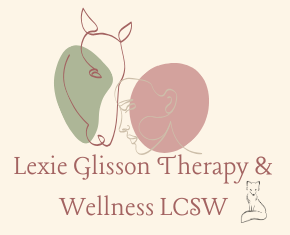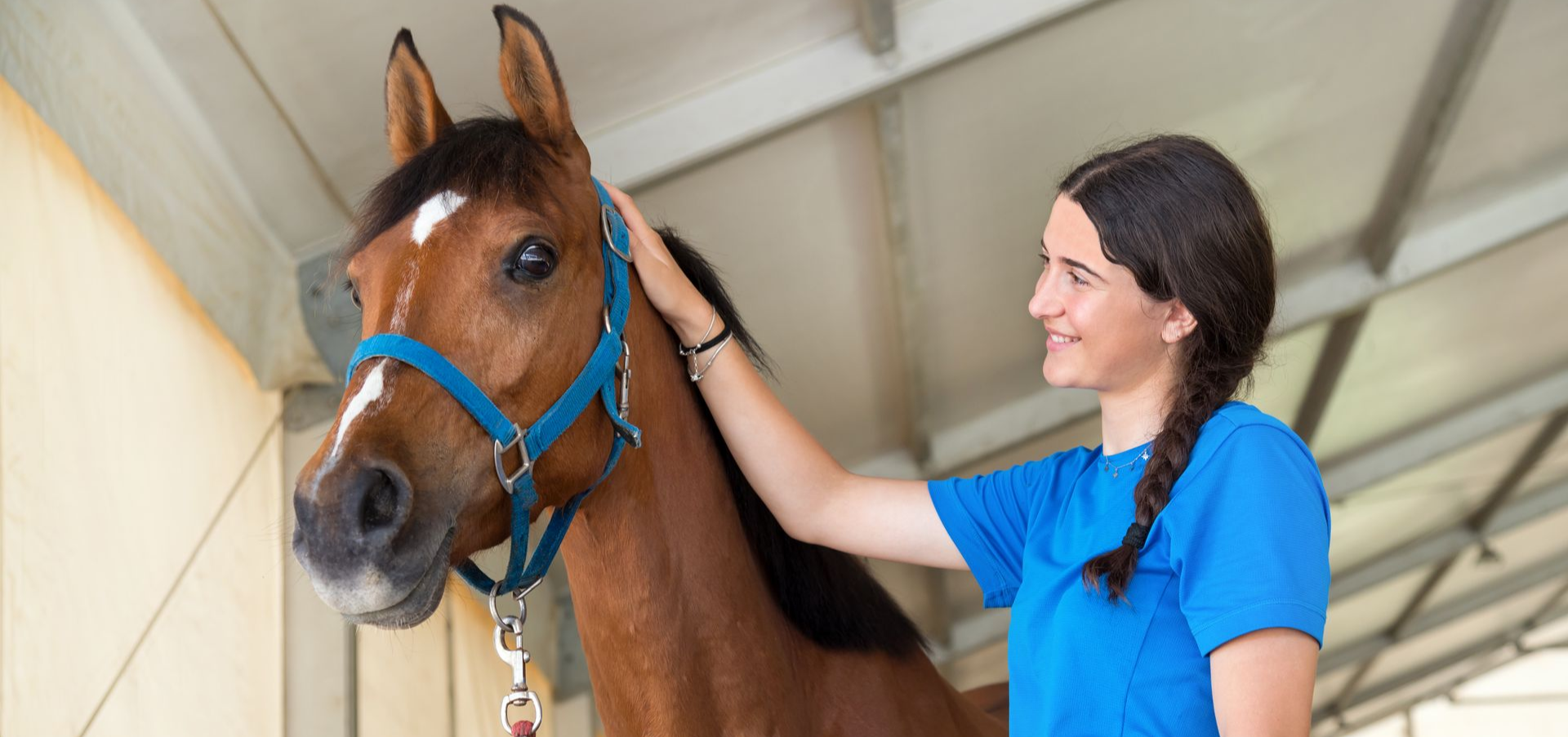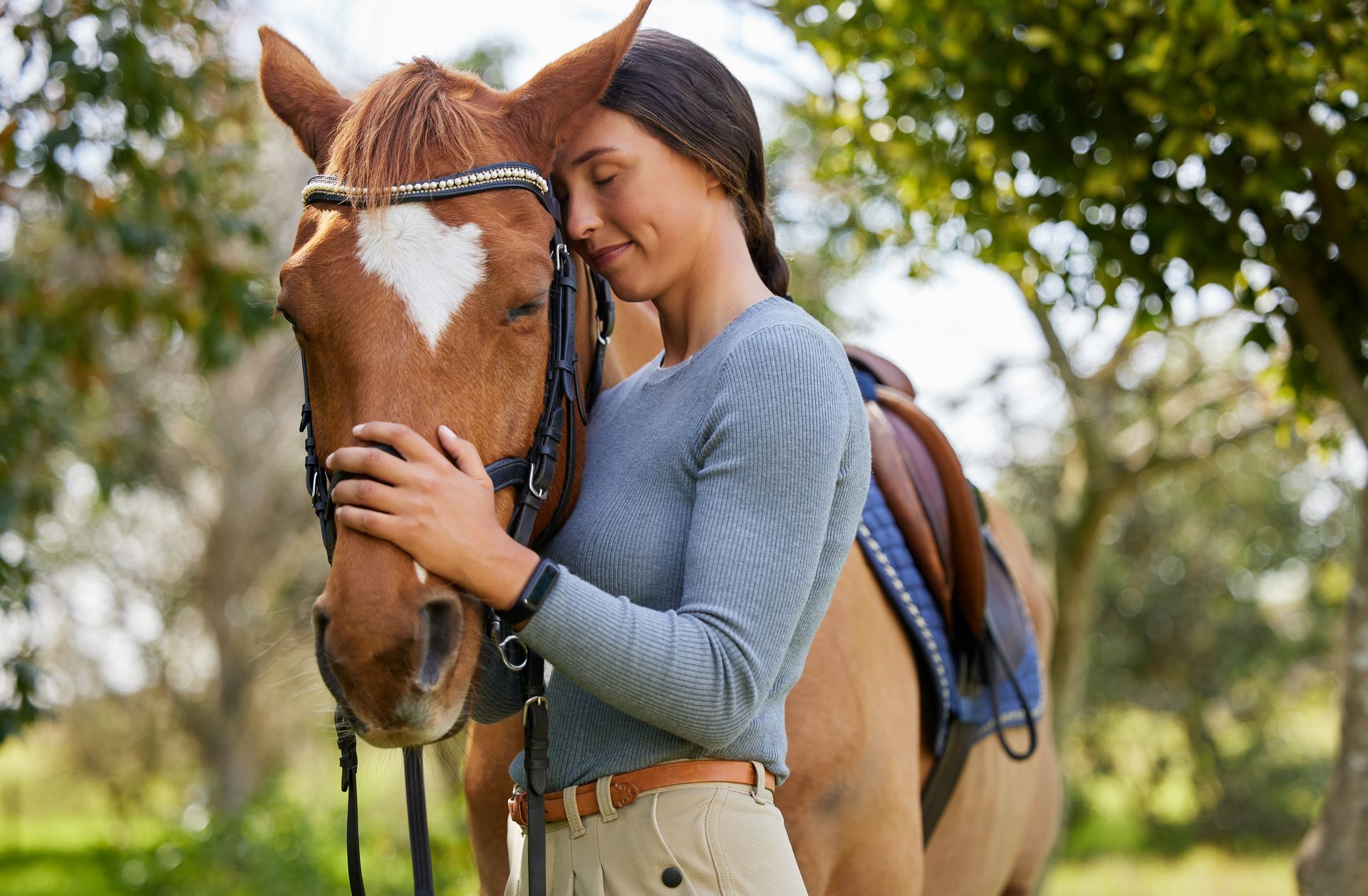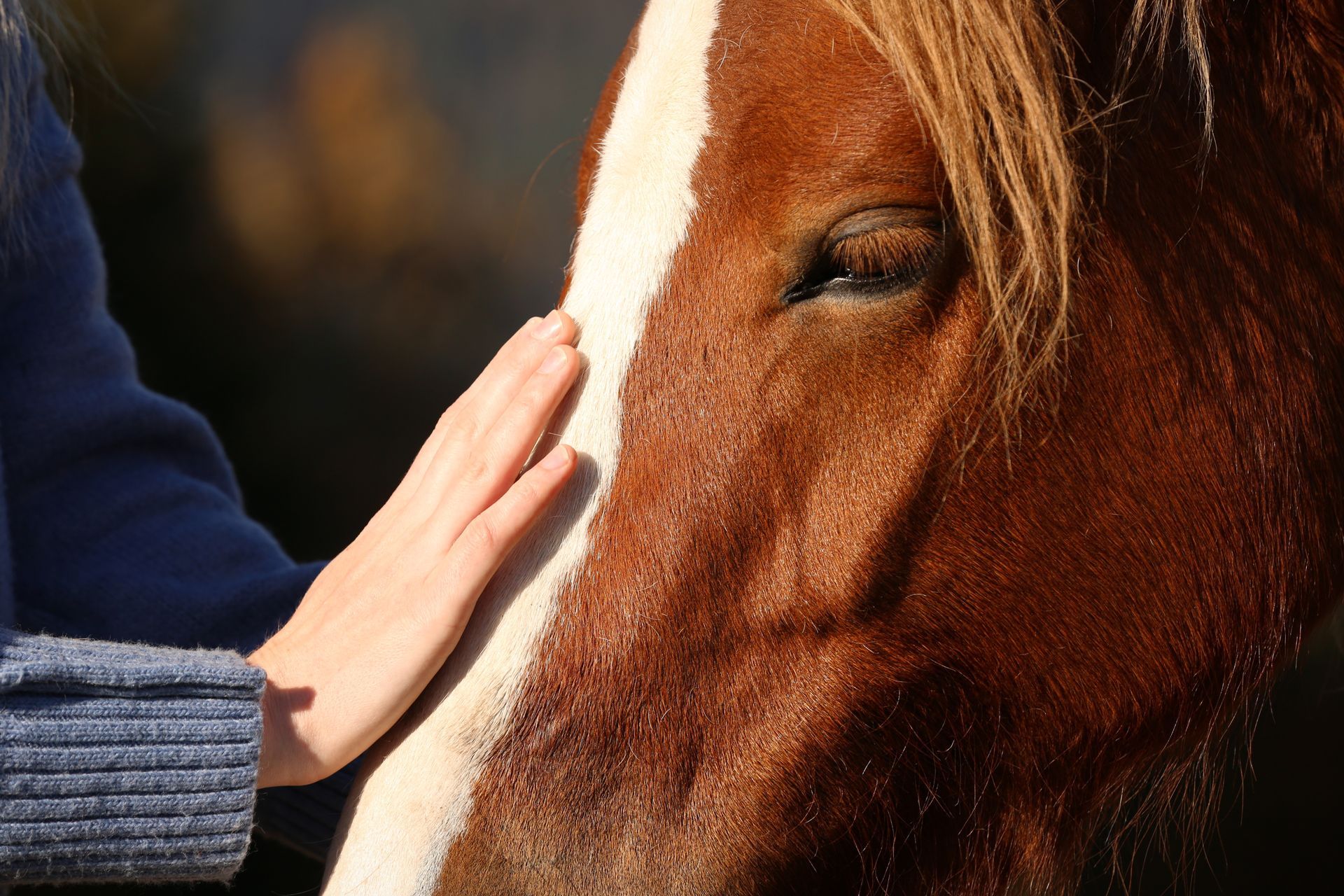What to Expect in an EMDR Therapy Session: A Step-by-Step Overview
If you’re considering EMDR (Eye Movement Desensitization and Reprocessing) therapy, you may be wondering what the process is like and what you can expect during a session. Whether you’re seeking help with trauma, anxiety, or other emotional challenges, it’s natural to feel a bit unsure about what’s involved.
In this blog, we’ll walk you through a typical EMDR therapy session—from your first consultation to the different phases of therapy and what healing might look like—so you can feel confident and prepared as you begin your journey toward healing.
What Happens During the First EMDR Session?
The first session is all about building trust and creating a safe, comfortable space for you to begin your healing process. Your therapist will likely start by gathering information about your history, including the specific challenges you’re facing, such as trauma, anxiety, or other emotional difficulties.
During this initial consultation, you and your therapist will discuss:
- Your reasons for seeking therapy and your goals.
- Any traumatic experiences or memories that you’d like to address (although you don’t need to go into detail during this session).
- Logistical details, such as your preferences for the pace and approach of therapy.
- An overview of the EMDR process so you understand how it works.
The goal is to ensure you’re comfortable and that the therapist understands your needs before diving into the more detailed aspects of EMDR. This helps set the foundation for a collaborative, effective therapeutic relationship.
Step 1: History-Taking and Preparation
After the initial consultation, the first formal phase of EMDR therapy begins. In this phase, you and your therapist will discuss your history in more depth, including any significant traumas or emotional challenges you’ve experienced. The therapist will ask you to identify target memories—specific moments or events that you’d like to work on.
This stage is important because it allows the therapist to understand which memories are causing the most distress and which areas to focus on in your therapy. You’ll also work together to develop coping strategies to use between sessions, ensuring you feel equipped to handle any emotional discomfort that might arise during treatment.
In preparation for processing trauma, the therapist will often introduce relaxation techniques to help you stay calm and grounded throughout the session. This might include mindfulness or breathing exercises, which will be helpful in the later stages of therapy.
Step 2: Identifying Target Memories
Once you’ve established a safe, supportive environment, the next step is to identify the specific memories that will be processed during your sessions. These are typically memories that are connected to unresolved trauma or distressing emotions.
Your therapist may guide you to recall a traumatic event or a difficult feeling tied to that event. You don’t have to go into great detail during this phase—just the essence of the memory. This could involve recalling the image, thoughts, emotions, and bodily sensations associated with the memory.
You might also be asked to identify any negative beliefs or self-talk that arose from the traumatic experience (e.g., “I’m not safe,” “I’m not good enough”). Identifying these beliefs is crucial because EMDR therapy works to replace negative beliefs with more positive, adaptive ones.
Step 3: Desensitization (Bilateral Stimulation)
Now comes the core of the EMDR process: desensitization, which involves reprocessing the traumatic memory through bilateral stimulation (BLS). Bilateral stimulation typically involves moving your eyes back and forth (as you follow the therapist’s hand), or tapping or listening to alternating sounds. This stimulates both hemispheres of the brain, helping to process the emotional and cognitive aspects of the memory.
As you recall the memory while engaging in BLS, your therapist will guide you through the process, asking you how the memory or emotions shift. Over the course of the session, the emotional intensity of the memory tends to decrease, and your negative beliefs often begin to shift toward more empowering, positive ones.
The goal of this phase is to help you process the traumatic memory so that it no longer causes emotional distress. It can take time, and you may need to revisit the memory several times before you begin to feel relief.
Step 4: Installation (Reinforcing Positive Beliefs)
Once the negative emotions surrounding the traumatic memory have been processed, the next phase is installation, where the therapist works with you to replace negative beliefs with more positive, adaptive ones. For example, if you’ve been struggling with the belief “I’m not safe,” your therapist might help you shift that to “I am safe now.”
Bilateral stimulation continues during this phase to help “install” these new, positive beliefs into your mind and body. This step is important because it helps reinforce new patterns of thought and behavior that can support long-term healing.
Step 5: Body Scan (Releasing Physical Tension)
During the body scan phase, your therapist will ask you to mentally scan your body for any lingering physical tension associated with the processed memory. Often, traumatic memories are stored not just in the mind but also in the body, so this phase is designed to help release any remaining discomfort or physical sensations tied to the trauma.
If you notice any tension, your therapist may guide you to process that as well, ensuring that you feel completely at ease and grounded.
Step 6: Closure (Grounding and Reflection)
At the end of each session, your therapist will guide you through a closure phase. This involves helping you return to a state of calm and stability, regardless of how intense the session may have been. You may be asked to use relaxation techniques, mindfulness, or grounding exercises to help you feel present and safe.
Your therapist will also encourage you to reflect on the progress made during the session and check in on how you’re feeling. Closure is essential to ensure that you leave the session feeling balanced, rather than overwhelmed.
Step 7: Reevaluation (Ongoing Healing)
In follow-up sessions, the therapist will check in on your progress and reevaluate the memories you’ve worked on. They will ask if you’re still experiencing any emotional charge around the processed memories or if any new memories have surfaced for attention.
Healing is a gradual process, and the reevaluation phase allows the therapist to make sure the changes from previous sessions are lasting and that the trauma is truly resolved.
What Healing Looks Like with EMDR
The healing process with EMDR varies from person to person, but many clients notice significant improvements after just a few sessions. Common results include:
• Reduced emotional reactivity to traumatic memories.
• A shift in negative self-beliefs to more positive, adaptive ones.
• Greater emotional regulation and resilience.
• Improved relationships and overall well-being.
With continued sessions, clients often find that memories no longer trigger emotional pain, and they feel more connected to their authentic selves and the present moment.
Final Thoughts
EMDR therapy is a powerful, structured process that helps individuals heal from trauma, anxiety, and other emotional struggles. If you’re considering EMDR therapy, knowing what to expect during each session can help reduce any anxiety or uncertainty.
By working through the phases of history-taking, desensitization, installation, body scanning, and closure, you and your therapist can collaboratively process distressing memories and help you move toward emotional freedom.
Are you ready to explore EMDR therapy? Reach out today to schedule your first session and take the first step toward healing.










